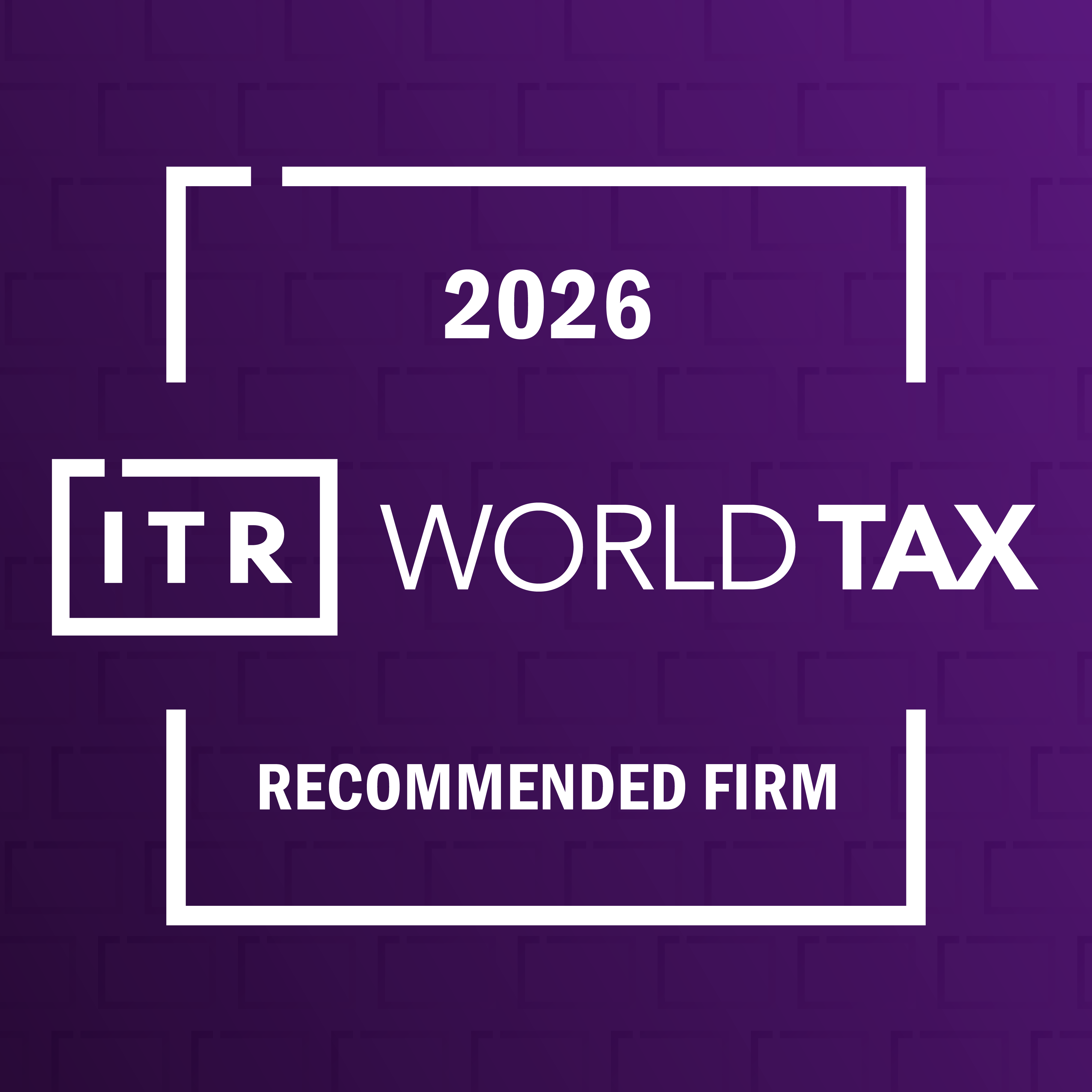Ex-Ante Approach in Transfer Pricing: A Critical Issue in Tax Audits
Karsino Miarso,

Since 2016, through Regulation No. 213/PMK.03/2016, the government has emphasized that the application of the Arm’s Length Principle (ALP) in determining transfer pricing must be based on the ex-ante approach.
This principle was reaffirmed in the latest regulation, PMK No. 172 of 2023. However, in practice, especially during tax audits, challenges have emerged that test the consistency of applying this principle.
READ: PMK 172 Year 2023 Reinforces Ex-Ante Provision in Transfer Pricing Regulation
Ex-Ante Approach Requirement
The ex-ante approach requires taxpayers to base their transfer pricing analysis on data and information available at the time the related party transaction occurs. The logic behind this is simple and fair: business decisions—including pricing arrangements with related parties—must be made based on the information known at that time, not on data that emerges in the future.
This principle also applies when the Transactional Net Margin Method (TNMM) is used. Under this method, determining an arm’s length profit relies heavily on selecting appropriate comparables.
In line with the ex-ante principle:
- The comparable company data used must be data that was available during the tax year in which the transaction occurred. For instance, if the transaction occurred in 2024, then financial and other relevant information for the comparables must be those reasonably available in 2024.
- The Function, Asset, and Risk (FAR) analysis, which forms the core of comparability analysis, must reflect the conditions of both the tested party and the comparables in the relevant tax year (e.g., 2024).
In other words, all transfer pricing documentation and analysis must be prepared at the time the transaction occurs, using information that is reasonably available during that period.
Issues in Audit Practice
Tax audits are typically conducted one or several years after the end of the relevant tax year. For example, an audit for the 2024 tax year is often carried out in 2025 or even later.
Frequently, tax auditors perform FAR (Function, Asset, and Risk) analyses using current information obtained from public sources, such as the official websites of comparable companies.
For instance, during an audit of the 2024 tax year conducted in 2025, the auditor accesses a comparable company’s website and discovers that the company has a research and development (R&D) function.
Meanwhile, the taxpayer under audit does not have an R&D function. Based on this finding, the auditor then concludes that the company is not comparable and rejects the comparable data that the taxpayer had originally prepared.
Violation of the Ex-Ante Approach
The use of information accessed from a company’s website in 2025 by tax auditors to analyze 2024 transactions fundamentally contradicts the ex-ante principle mandated under PMK 213/2016 and PMK 172/2023.
The reasoning is as follows:
- The fact that a company has an R&D function in 2025 does not automatically prove that such a function existed or was significant in 2024. It is entirely possible that the company developed that function after the taxpayer’s related party transaction period.
- The auditor’s analysis disregards the factual conditions that formed the basis of the taxpayer’s business decisions in 2024. A taxpayer cannot be expected to rely on future developments or forecast the business evolution of comparable companies.
- This practice creates inequity. Taxpayers are required to comply with the ex-ante standard, while the tax authority applies an ex-post perspective that favors its position. This leads to serious legal uncertainty for taxpayers in preparing their transfer pricing documentation.
Conclusion
Any information obtained by tax auditors after the end of the tax year, which cannot be proven to have existed at the time the transaction occurred, should not be used as a basis to reject the comparability analysis prepared by the taxpayer in accordance with the ex-ante approach.
Consistency in applying this principle is key to ensuring fairness and legal certainty in transfer pricing audits.
Disclaimer! This article is a personal opinion and does not reflect the policies of the institution where the author works.


